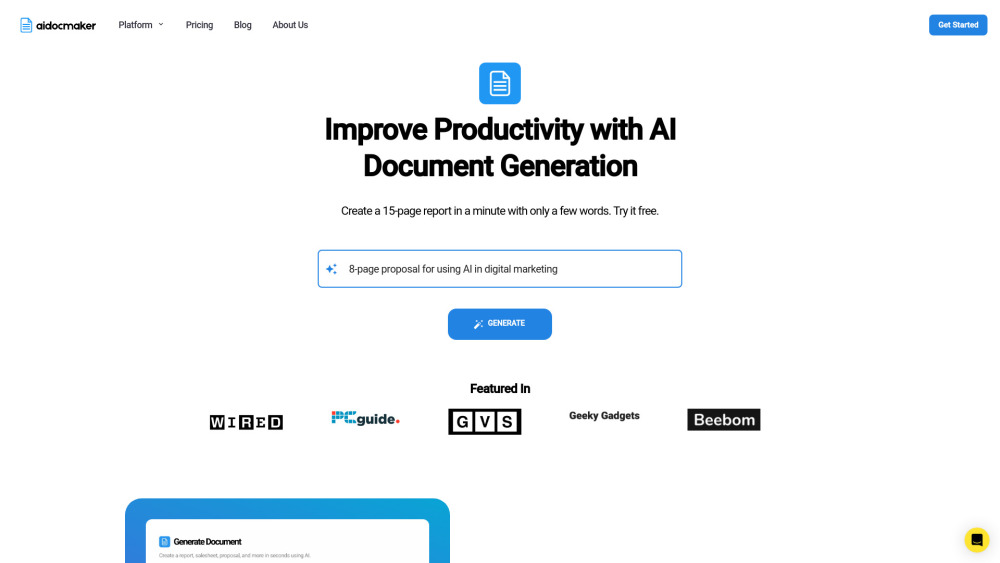On October 9, MediaTek unveiled its flagship Dimensity 9400 mobile platform at a product launch event. This next-generation chipset adopts a full-core architecture and utilizes TSMC's second-generation N3E manufacturing process. It features a Cortex-X925 super core with a clock speed of 3.62 GHz, alongside three Cortex-X4 super cores running at 2.80 GHz and four Cortex-A7 large cores at 2.1 GHz. Compared to its predecessor, the Dimensity 9400 enhances single-core performance by 35% and multi-core performance by 28%.
In terms of graphics, the Dimensity 9400 incorporates the Mali-G925 Immortalis MC12 GPU, boosting graphical performance by 40% while reducing power consumption by 44%. It also introduces advanced technologies, including the industry-first OMM ray tracing engine and Arm's Elite upscaling technology. Overall, the Dimensity 9400 showcases impressive performance capabilities.
Previously, vivo product manager Han Boxiao shared an AnTuTu benchmark score for the vivo X200 Pro equipped with the Dimensity 9400, achieving over 3 million points—significantly surpassing the Dimensity 9300's 2.2 million. The OPPO Find X8 Pro, also powered by the Dimensity 9400, reached 3.03 million points, setting a new record for Android flagships. Notably, MediaTek's product launch appears strategically timed, occurring more than ten days ahead of Qualcomm's Snapdragon Summit, reflecting MediaTek's confidence in the Dimensity 9400 and its intent to capture market share from Qualcomm.
As we look ahead, a competitive showdown is anticipated during the upcoming Snapdragon Summit, particularly centered on the advancements in 3nm chip technology.
Focusing on AI Innovations
When MediaTek launched the Dimensity 9300 in 2023, it branded it as a "flagship 5G generative AI mobile chip." Now, the Dimensity 9400 has elevated its positioning to "flagship 5G intelligent AI chipset," signifying advancements in AI capabilities. The Dimensity 9400 is powered by the eighth-generation AI processor, APU 890, featuring MediaTek's AI intelligence engine. This chipset supports edge-side LoRA training, high-quality video generation, temporal tensor hardware acceleration, and diffusion transformer technology, accommodating text lengths of up to 32K tokens.
Its multimodal AI processing capabilities extend to handling up to 50 tokens per second, enabling sophisticated understanding and reasoning from images and providing users with a rich experience combining text, visuals, and audio. MediaTek is also partnering with developers to establish a unified interface between AI agents, third-party applications, and large models, enhancing efficiency in edge AI computing and cloud services.
MediaTek's General Manager, Chen Guanzhou, emphasized the Dimensity 9400's ability to predict user needs, delivering personalized intelligent services while pioneering edge-side LoRA training and video generation tech for advanced generative AI capabilities across devices.
With IDC forecasting a staggering 363.6% growth in global AI smartphone shipments in 2024, reaching 234.2 million units and capturing 19% of the smartphone market, MediaTek sees fertile ground for growth. MediaTek originally ventured into Edge AI with its NeuroPilot platform in 2018, aiming to integrate AI across diverse platforms from smartphones to smart homes and autonomous vehicles.
Following the release of the Dimensity 9300 in November 2023, which supported various AI language models, and the subsequent Dimensity 9300+ in May 2024, MediaTek has embarked on a rapid path within the AI chip landscape, setting the stage for fierce competition ahead.
Despite these advances, MediaTek's AI capabilities lag behind Qualcomm's, which has integrated AI technology into its processors since 2015, enhancing image, audio, and sensor processing. Qualcomm's Snapdragon 8 Gen 1 established AI performance benchmarks at 9 TOPS (trillions of operations per second), while the Snapdragon 8 Gen 2 raised this to approximately 39 TOPS.
The Snapdragon 8 Gen 3 aims for an unprecedented 73 TOPS, heralding its design specifically for generative AI applications. Qualcomm has indicated it supports multimodal AI models, capable of running large 13 billion parameter models—an area where MediaTek seeks to catch up.
Entering the Automotive Chip Market
At the same event, MediaTek also introduced its first 3nm flagship automotive cabin chipset, the CT-X1. Like the Dimensity 9400, it employs a full-core architecture with a CPU performance of 260K DMIPS and a dedicated GPU (3000 GFLOPS) alongside a powerful NPU supporting edge-side generative AI, accommodating multimodal models with up to 13 billion parameters.
The CT-X1 can drive up to ten screens and sixteen cameras, supporting 8K video playback and recording, and is equipped with advanced communication technologies, including 5G and Wi-Fi 7. The initial vehicles featuring the CT-X1 are expected to enter production by 2025. MediaTek's bold entry signifies a new chapter in the competitive semiconductor landscape, although it must contend with established rivals like Qualcomm, which has been integrating automotive chips into major automotive brands since 2016.
Qualcomm, with its Snapdragon 820A for smart cockpits and the high-performance Snapdragon 8155 chips, has already secured a stronghold in this market. Qualcommforesees its automotive revenue reaching $4 billion by 2026, growing to $9 billion by 2030, making the automotive sector a vital growth trajectory. Additionally, Qualcomm's acquisition of Veoneer for $4.5 billion in 2021 and its release of the Snapdragon Ride series for autonomous driving further solidify its position.
In summary, while MediaTek's recent chipset developments are noteworthy, breaking into the lucrative automotive chip market will pose significant challenges against a robust competitor like Qualcomm, which has a well-established foothold.
Long-Term Growth and Market Positioning
According to Canalys' Q2 2024 data, MediaTek remains a leader in the smartphone chip market with shipments reaching 115.3 million units, a 7% increase year-over-year. Qualcomm secured second place with 71 million shipments, also growing by 6%, while Apple followed in third. Reports suggest that the Dimensity 9400 may be used in Samsung's upcoming flagship Galaxy S25 series, marking MediaTek's debut in Samsung's flagship supply chain. Should this alliance succeeds, it could enhance the Dimensity series’ overall circulation and average selling price, bolstering MediaTek’s growth prospects.
Despite these advancements, MediaTek still faces challenges in high-end chip competition against Qualcomm. Counterpoint's research highlights Qualcomm's dominance in the mid-to-high-end smartphone segment, with a 65% market share in the $300-$499 range and 55% in the premium market above $500. Historically associated with budget-oriented chips, MediaTek's quest for premium positioning has encountered hurdles.
Past attempts, including the Helio X10 and X30, failed to break into the high-end market, with the Dimensity 1000 and 1200 also struggling against Qualcomm's Snapdragon 865 and 888. The breakthrough came with the Dimensity 9000, the world's first 4nm-based chip, showcasing a performance boost of 35%. However, while it hinted at MediaTek's potential, it did not firmly cement its position.
As the Snapdragon 8 Gen 4 approaches, poised to dominate next-generation Android flagship devices, MediaTek faces the challenge of shifting market perceptions. The Dimensity 9400's success in changing established views remains to be seen, but MediaTek must navigate a complex landscape to secure its position in the high-end segment. The journey ahead will require concerted efforts in innovation, branding, and quality to truly compete with established leaders.





